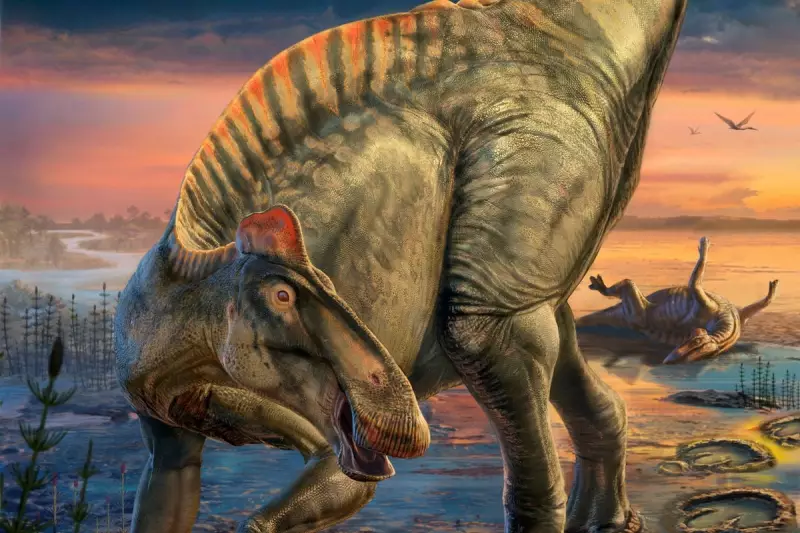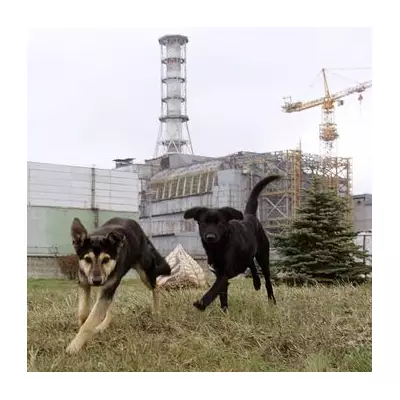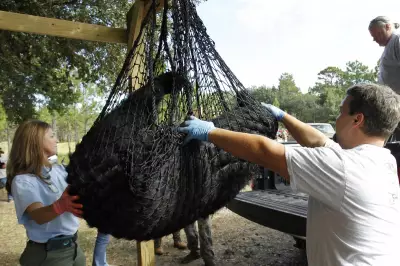
In a discovery that has sent shockwaves through the scientific community, researchers have unveiled what can only be described as a 'dinosaur mummy' from the heart of Wyoming's ancient rock formations. This isn't just another fossil - it's an unprecedented preservation of prehistoric life that promises to rewrite our understanding of these magnificent creatures.
A Time Capsule from the Cretaceous
The remarkable specimen, identified as an Edmontosaurus, represents one of the most complete dinosaur skeletons ever discovered. But what truly sets this find apart is the extraordinary preservation of skin and other soft tissues that have survived approximately 67 million years.
Dr. Phil Manning, a leading palaeontologist from the University of Manchester, described the discovery as "palaeontology's equivalent of winning the lottery." He explained that "the level of preservation is simply breathtaking - we're seeing details that we never thought possible to observe in a creature this ancient."
The Science Behind the Preservation
Researchers believe several extraordinary factors contributed to this remarkable preservation:
- Rapid burial: The dinosaur was likely covered by sediment quickly after death
- Mineral-rich environment: The surrounding minerals helped preserve organic material
- Ideal conditions: A perfect combination of chemistry and geology created natural mummification
- Limited scavenging: The body appears to have been largely undisturbed by predators
What the Discovery Reveals
The preserved skin and tissues provide scientists with an unprecedented window into the dinosaur's appearance and biology. Unlike traditional fossils that only show bones, this specimen reveals:
- Detailed skin patterns and texture
- Potential evidence of coloration
- Insights into muscle structure and body shape
- Clues about the dinosaur's final days and cause of death
Professor Victoria Egerton, a research associate at the University of Manchester, emphasised the significance: "This isn't just about seeing what the outside looked like. We're getting information about the animal's physiology, its environment, and even how it interacted with its ecosystem."
Wyoming's Prehistoric Treasure Trove
The discovery in Wyoming adds to the state's reputation as one of the world's premier locations for dinosaur fossils. The specific geological formations in the region have proven exceptionally good at preserving remains from the late Cretaceous period.
This particular specimen was found in the Hell Creek Formation, a geological layer known for producing some of North America's most important dinosaur discoveries, including Tyrannosaurus rex and Triceratops fossils.
Future Research and Public Display
The research team is employing cutting-edge technology to study the specimen without damaging the delicate remains. Techniques including CT scanning and advanced imaging are revealing internal structures that have never been observed before in such an ancient specimen.
The dinosaur mummy is expected to become a centrepiece exhibit at a major natural history museum, allowing the public to witness this extraordinary piece of prehistoric life firsthand. As Dr. Manning concluded: "This discovery doesn't just belong to scientists - it belongs to everyone fascinated by the ancient world and the incredible creatures that once roamed our planet."





